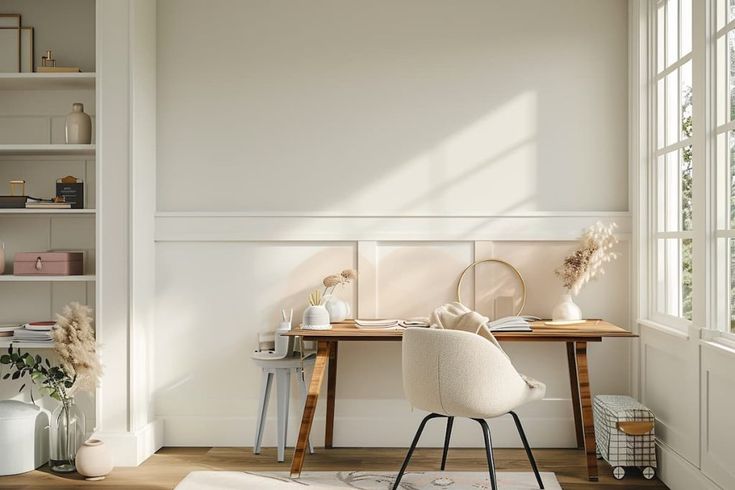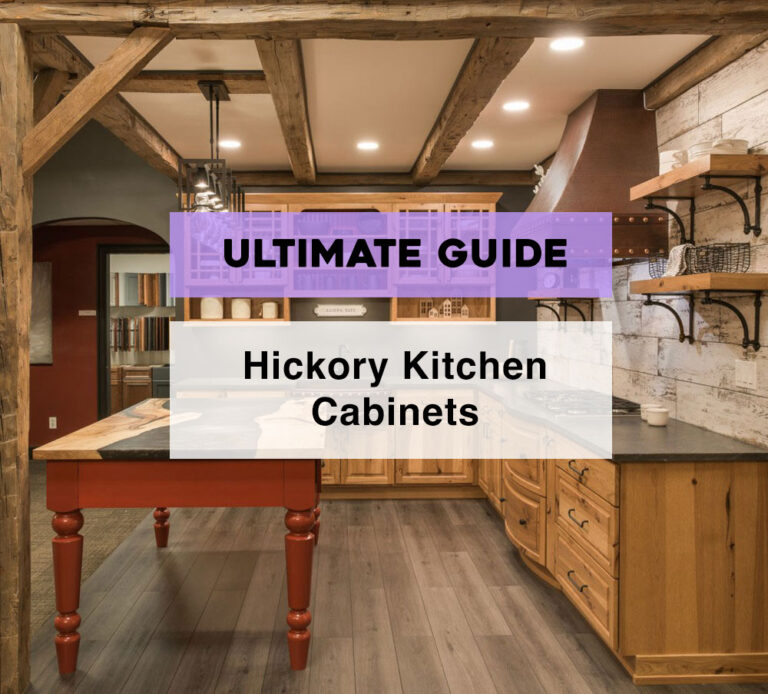How to Cover a Doorway without a Door (12 Creative Ways)

Sometimes, a traditional door doesn’t align with the aesthetic we are aiming for. Or perhaps, there is simply no enough space for a swinging door. Whatever the case may be, one can’t help but ask how to cover a doorway without door?
Don’t you worry! Even without a traditional door, you can still maintain a semblance of privacy and add a stylish touch to your space. Covering a doorway without a door can be accomplished in various creative and functional ways. Here are some ingenious methods for covering a doorway without a door.
12 Creative Ways to Cover A Doorway Without A Door
1. Curtains or Drapes
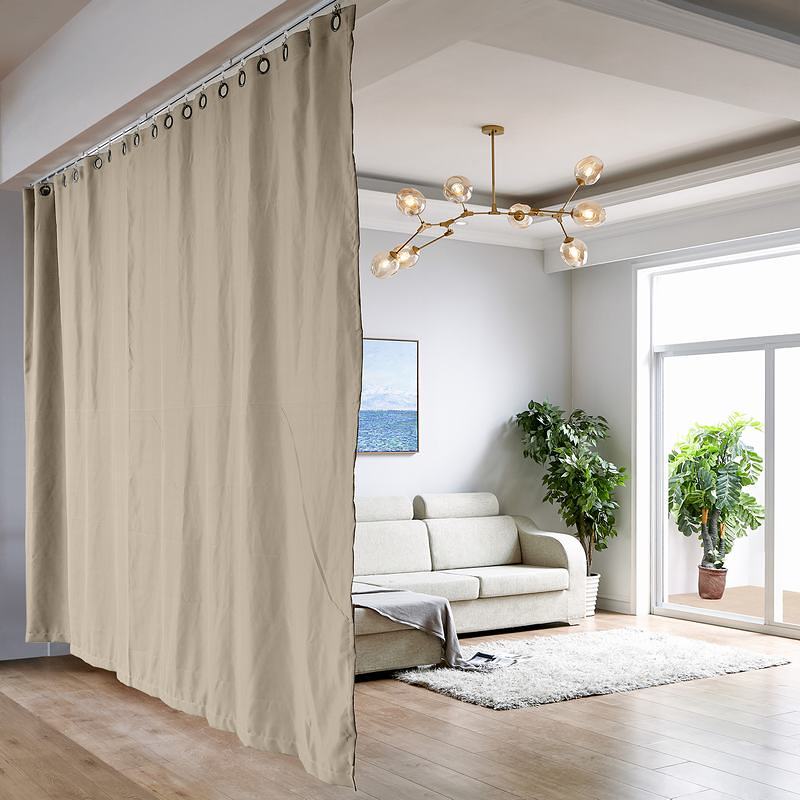
Curtains and drapes are both window treatments used to cover windows for various purposes, such as privacy, light control, and decorative enhancement. While the terms are often used interchangeably, there are some differences between curtains and drapes in terms of their fabric, construction, and intended use.
Curtains are generally lighter in weight and are made from a variety of fabrics, including cotton, linen, polyester, and sheer materials whereas Drapes are usually heavier and made from more luxurious fabrics like silk, velvet, or thicker materials that offer better light-blocking and insulation properties.
Drapes are considered more formal and elegant, making them a preferred choice for formal dining rooms, master bedrooms, and upscale living spaces. Curtains are typically more casual in appearance and can come in various styles, colors, and patterns making them the most popular cover for doorway.
2. Beaded Curtains

Beaded curtains are decorative elements made up of strings of beads that are often used as room dividers, window coverings, or simply as an aesthetic addition to a space. These curtains can be made from a variety of materials such as plastic, glass, wood, bamboo, metal, and acrylic, among others. The beads are typically strung together in a way that allows them to move and create a flowing effect when someone passes through them or when there’s a breeze in the room making it a perfect cover for doorway.
Beaded curtains have been used for centuries in various cultures around the world. They gained significant popularity in the 1960s and 1970s as part of the counterculture movement and the bohemian aesthetic. Closet Beads Curtains were often associated with hippie culture and were used to create unique and colorful interior spaces.
3. Accordion or Folding Screens
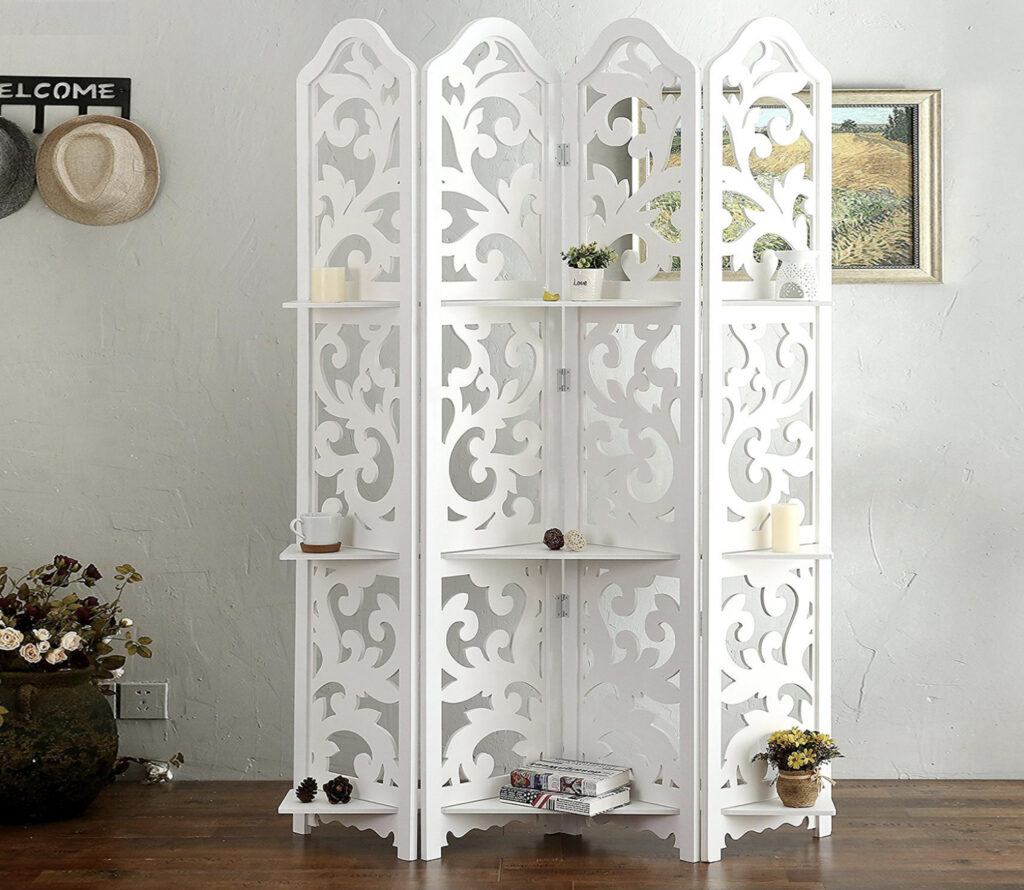
Folding screens, also known as room dividers or privacy screens, are versatile pieces of furniture that can be used to partition a space, cover a doorway, or add a decorative element to a room. They come in various styles, materials, and sizes. They also help in maintaining a bit of visibility, so you can see through it easily.
4. Sliding Barn Doors
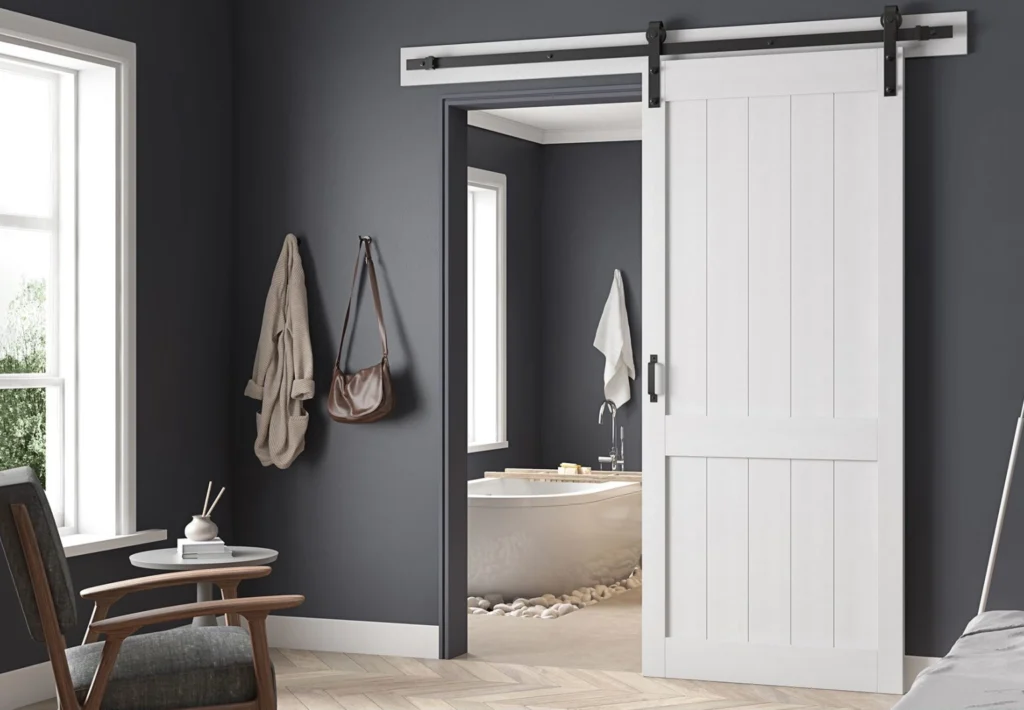
Sliding barn doors are a type of door that operate by sliding horizontally along a track, rather than swinging open and closed like traditional hinged doors. They are often used as a design feature and practical solution in various interior spaces. The term “barn door” originates from their historical use on actual barns, but they have since become a popular architectural and interior design trend.
Sliding barn doors not only make a great cover for doorway but also add a distinctive design element to your space. They can be used for bedrooms, bathrooms, closets, or even as room dividers in open floor plans. Remember to follow the manufacturer’s instructions carefully and consider your specific wall and doorway conditions when installing sliding barn doors.
5. Room Dividers

Room dividers are pieces of furniture or architectural elements used to create separate areas within a larger space. They are designed to partition a room into distinct zones, providing privacy, defining functional areas, and adding aesthetic value to interior environments. You can use hickory wood to create room partitions for your space. Room dividers come in various styles, sizes, and materials, making them versatile solutions for a range of purposes.
6. Bamboo or Reed Screens

Bamboo or reed screens are natural and versatile room dividers that add a touch of nature and texture to interior spaces. They are made from bamboo or reed materials woven together, creating a semi-transparent partition that can serve various purposes. You can add bamboo of different sizes and shapes making them stand out even more.
7. Tapestry or Fabric Hangings
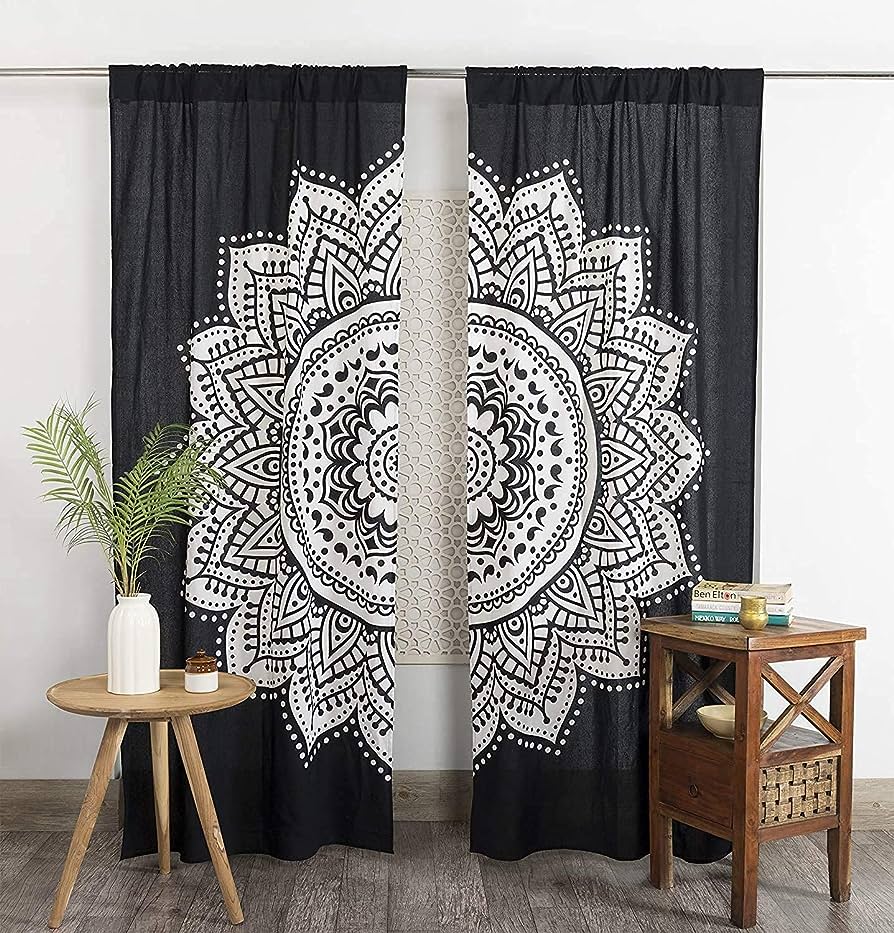
Tapestries and fabric hangings are creative and decorative ways to cover a doorway or divide a space while adding a pop of color, texture, and personality to your interior design. Nowadays, you can get your fabric hangings customized in many different ways. Check out some Tapestry ideas.
8. Shoji Screens

Shoji screens are traditional Japanese room dividers made from a wooden frame and translucent paper panels. They are known for their elegant design, functionality, and ability to diffuse light while providing privacy. Shoji screens can be used as a cover for doorway, partition spaces, and add a touch of Asian-inspired aesthetics to your interior.
9. Decorative Beams or Columns
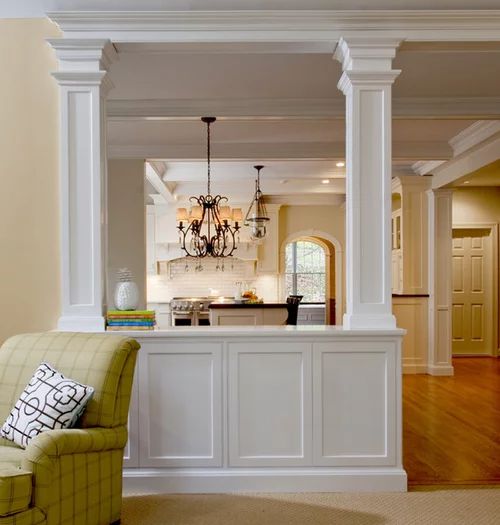
If you’re looking for a more permanent solution, consider installing decorative beams or columns on either side of the doorway to create a visual partition. They add architectural interest, create a sense of structure, and enhance the overall design of a room.
10. Faux Plants or Greenery

Using faux plants or greenery is a creative and low-maintenance way to cover a doorway or create a natural barrier within a space. Faux plants can add a touch of nature and vibrant color to your interior without the need for regular care.
11. Tall Bookshelves or Storage Units

Install a bookcase or shelving unit that spans the width of the doorway. Tall bookshelves or storage units can serve as practical and visually appealing ways to cover a doorway or create a partition within a space. They provide ample storage while also acting as room dividers. It can create a sense of separation between rooms while maintaining an open and inviting feel.
12. Fabric Panels with Hooks or Clips

Attach fabric panels using hooks, clips, or adhesive strips. Using fabric panels with hooks is a simple and versatile way to cover a doorway or create a temporary partition within a space. This method allows you to easily adjust and remove the panels as needed. You can get these customized in whatever design suits you from various different stores online. Fabric panels make one of the easiest and cheapest ways of cover for doorway.
Conclusion
When choosing how to cover your doorway without a door, consider factors like the level of privacy you need, the aesthetic you want to achieve, and whether you prefer a permanent or temporary solution. Keep in mind that some options may require more installation or DIY skills than others. At the end of the day, the way on how to cover a doorway without a door really comes down to your personal style, needs, and creativity.
Here’s hoping this guide has inspired you to think outside the box (or door frame, in this case!). Whether curtains, beads, bookcases or screens, your doorway shouldn’t be a hurdle in creating your perfect space but a platform for showcasing your creativity. Now, it’s your turn to try it. What method will you choose to cover your doorway? Let us know in the comments below.




